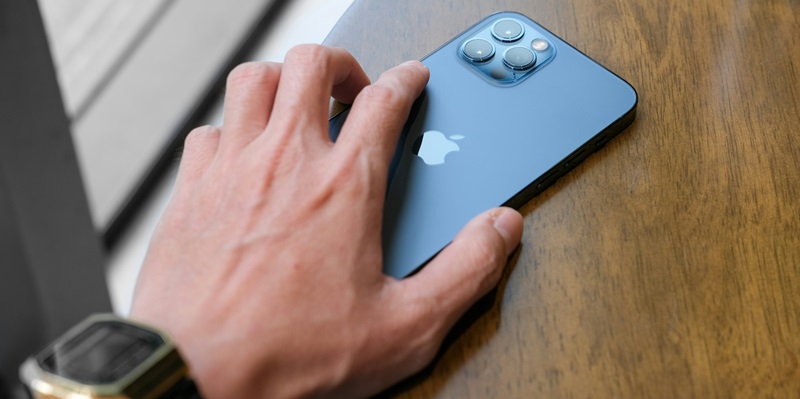After the much-anticipated launch of the iPhone 15 Pro series, users were thrilled to explore the new advancements. However, their enthusiasm was shadowed by a thermal issue that soon surfaced. Several users reported their phones becoming unusually hot, especially during tasks that required heavy CPU usage—a significant deviation from Apple’s hallmark of smooth operation. Acknowledging the problem, Apple promptly released a software update, which was mainly a band-aid rather than a robust fix. Despite Apple’s efforts, the new iPhone 15 Pro models continued to exhibit higher operational temperatures compared to their predecessors, highlighting the ongoing challenge of managing CPU heat effectively. The situation illustrated a critical facet of modern smartphone design: the balance between powerful performance and effective thermal management, a tightrope that even industry leaders like Apple must navigate with care.
Continuous Evolution of Thermal Management Solutions
In response to issues with overheating, Apple continues to put significant effort into improving device cooling technology. This challenge emphasizes the need for a balance between advanced CPU performance and efficient heat dissipation. As a leader in tech innovation, it’s anticipated that Apple will actively seek better solutions to manage thermal output. This is especially paramount given the rising processing demands of new iPhones, which incorporate sophisticated AI capabilities and increasingly powerful A-series chips. The commitment to finding a sustainable cooling strategy stands as a testament to Apple’s dedication to enhancing user experience and maintaining device reliability in the face of ever-evolving technological advancements. This dedication not only addresses current thermal challenges but also paves the way for the seamless integration of future state-of-the-art features.
The Prospect of Incorporating Graphene
Apple is considering using graphene to enhance heat dissipation in its upcoming iPhone 16 Pro, leveraging the thin yet highly conductive nature of the material. Graphene stands out for its superior ability to conduct heat, a characteristic that could significantly improve smartphone cooling systems. This advancement could set a new industry standard, distinguishing Apple’s approach from traditional methods like vapor chambers. Ensuring that this high-tech component blends seamlessly into Apple’s slim and stylish design framework remains a crucial hurdle. Achieving this could offer consumers devices that not only lead in performance but also continue to meet their aesthetic expectations. With its cutting-edge potential, graphene integration represents a pivotal step in the evolution of smartphone technology.
Balancing Innovation with Design Requirements
Apple’s potential integration of graphene into its iPhone series reflects its relentless pursuit of innovation. Adopting this cutting-edge cooling technology comes with significant design hurdles. Apple’s reputation is built on a seamless blend of design and function, meaning any increase in device size to accommodate new features, such as cooling systems, must be carefully considered. Nonetheless, Apple’s success with material advancements, such as titanium in the iPhone 15 Pro, demonstrates their prowess in overcoming such challenges.
As the iPhone 16 Pro emerges, Apple’s efforts against overheating issues hint at setting new benchmarks for high-performance smartphone technology. This commitment to blending futuristic technology with their iconic design philosophy not only secures their place at the forefront of the market but continually reshapes user expectations. Apple’s journey balances cutting-edge progress with the sleek design that users have come to expect, signaling a new era for smartphone capabilities.

